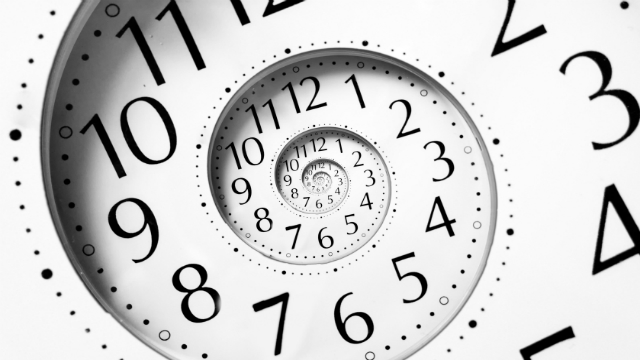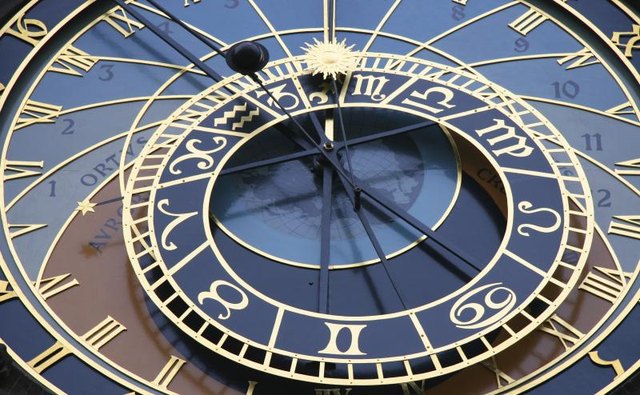#20 Lunar Time vs. Solar Time
#20 Lunar Time vs. Solar Time
 In this lesson, you will study two ways that calendar time works. The Solar calendar is based on the rotations of the sun and the Lunar calendar is based on the rotations of the moon. It will be helpful to understand these two systems before you learn the Hebrew Calendar system which is a combination of the two, called Lunisolar. Enjoy!
In this lesson, you will study two ways that calendar time works. The Solar calendar is based on the rotations of the sun and the Lunar calendar is based on the rotations of the moon. It will be helpful to understand these two systems before you learn the Hebrew Calendar system which is a combination of the two, called Lunisolar. Enjoy!
#1 WATCH: A Modern Calendar in Creation
#2 STUDY: Solar Calendar and the Sun
 A solar calendar is a calendar whose dates indicate the position of Earth on its revolution around the Sun or, equivalently, the apparent position of the sun in relation to the other planets. The Gregorian calendar, widely accepted as standard in the world, is an example of solar calendar that has 365 days and 12 months each with 30 or 31 days (except February).
A solar calendar is a calendar whose dates indicate the position of Earth on its revolution around the Sun or, equivalently, the apparent position of the sun in relation to the other planets. The Gregorian calendar, widely accepted as standard in the world, is an example of solar calendar that has 365 days and 12 months each with 30 or 31 days (except February).
Most time systems use the Gregorian Calendar which is based on the Sun an dis the common calendar in the world today.
#3 WATCH: Lunar Calendar time revolves around the Moon
#4 STUDY: Lunar Calendar (moon time)
 When a calendar is based on the moon, a new day begins when the moon rises, therefore, a new day begins at sunset. A new month begins with a new moon and 1/2 the month is when the moon is full ( A lunar calendar has 354 days (11 days fewer than a calendar based on the sun).
When a calendar is based on the moon, a new day begins when the moon rises, therefore, a new day begins at sunset. A new month begins with a new moon and 1/2 the month is when the moon is full ( A lunar calendar has 354 days (11 days fewer than a calendar based on the sun).
A common purely lunar calendar is the Islamic (or Hijri Qamari) calendar. A feature of the Islamic calendar is that a year is always 12 months, so the months are not linked with the seasons and drift each solar year by 11 to 12 days. It comes back to the position it had in relation to the solar year approximately every 33 Islamic years. It is used mainly for religious purposes, but in Saudi Arabia it is the official calendar. Other lunar calendars often include extra months added occasionally to synchronize it with the solar calendar.
#5 WATCH:Text Study
 “… And there was evening and there was morning, one day” – Genesis 1:5
“… And there was evening and there was morning, one day” – Genesis 1:5
The Torah stresses the importance of the observance of the new month (Hebrew: ראש חודש, Rosh Chodesh, “beginning of the month”): “… in your new moons, ye shall blow with the trumpets over your burnt-offerings…” and a new moon began with the first sliver of moon that was visible.
6: Review and Response
1. What planet is the basis of the Solar Calendar?
2. What planet is the basis of the Lunar Calendar?
3. What is the name of the calendar that most countries and cultures observe today?
4. What culture still observes the Lunar Calendar?
5. What is the Hebrew name for “New Month?”
6. What is the name of the calendar that combines the Lunar and Solar calendar?
Need some help? We’re here for you. At any time, if you have any questions, please contact one of our teachers so we can help you. Also, at the end of the session, remember to review your responses in your Tamid Workbook so you can get credit for this lesson. Behatzlacha (Hebrew for good luck)! You can reach Sarah at (646)360-0689 or connect@tamidnyc.org
